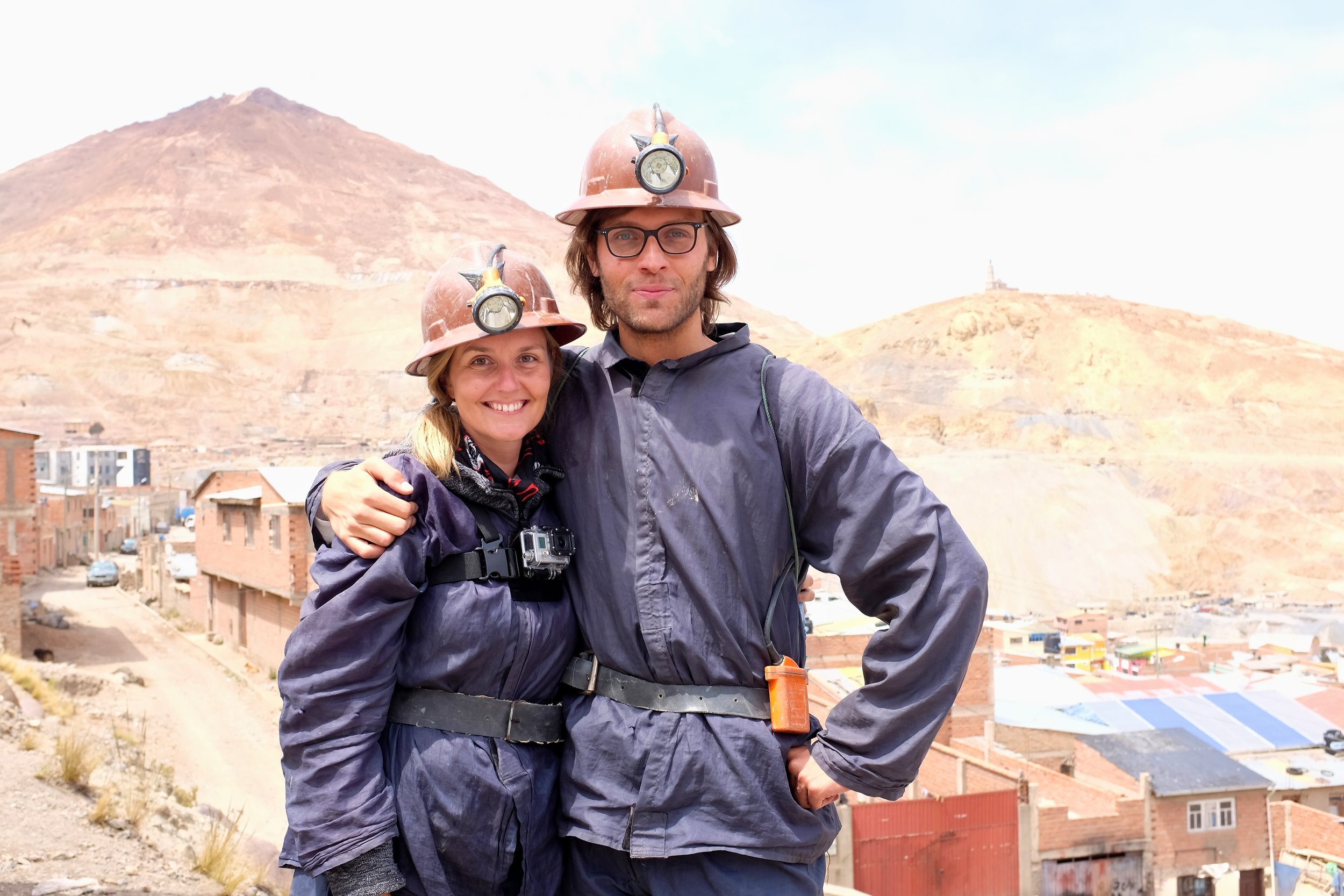When our bus arrives at dusk on a normal weekday, Potosi, at 4090 meters one of the highest cities in the world, is on a high. On 10 November, the city, which history is a somber chronicle of extreme highs and lows, happens to be celebrating its (206th) birthday, and jubilates the day Bolivia declared its independence from the Spanish Crown with enthusiastic songs and dances in colourful costumes.
"I am rich Potosí, the treasure of the world; the king of mountains, the envy of kings", states its official shield. By the turn of the 16th century, Potosí was one of the largest cities in the New World, rivalled only by Paris and the likes, though its fabulous riches of the past have long gone. Today an impoverished city, only Potosi's lavish Mint, baroque churches and colonial mansions remain to pay homage to its glorious past.
Potosi's claim to fame - and still its beating heart - is the Cerro Rico (Rich Mountain), a perfect cone looming over the city, housing one of the largest silver mines in the world. Also known as "the mountain that eats men", because of the many hundreds of thousand of miners (some sources say up to 9 million!) that have sacrificed their lives in the mines since colonial times... until today.
Leaving the city's festivities behind us, in hats and overalls, our pockets packed with dynamite and coca leaves (some humble gifts for the miners), we descend into the deep dark underworld, where El Tio reigns. In the meagre beam of our headlights, we meet ashen-faced miners carrying lead-heavy bags of minerals in and out of the shaft, their bodies wasted with exhaustion. "They work in the mines to survive," our guide explains, "but in the end it kills them."
When after a couple of hours of crawling through narrow and slippery mine shafts and witnessing real dynamite explosions, we relievedly breathe fresh air again, Potosi has left a lasting impression on our soul.


















































“The mines are no place for a pony, even one so brave as Bill. ”
